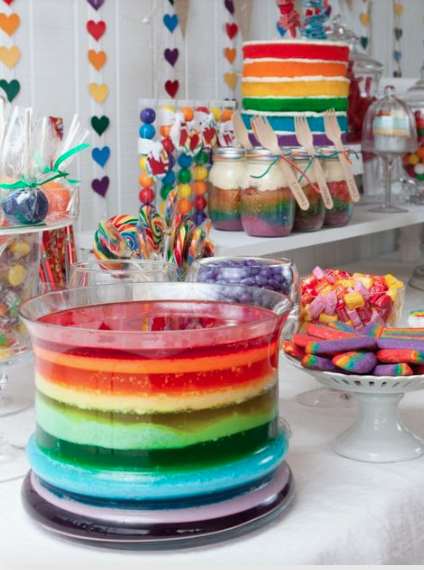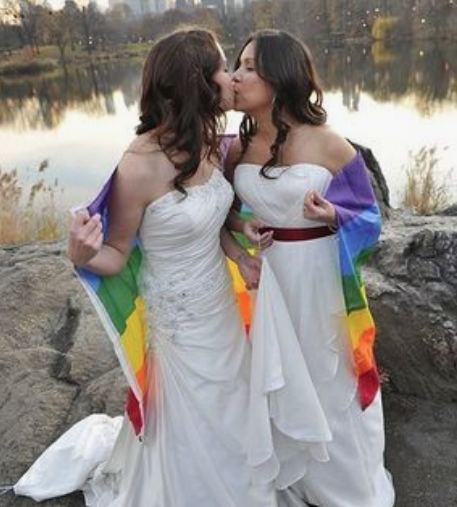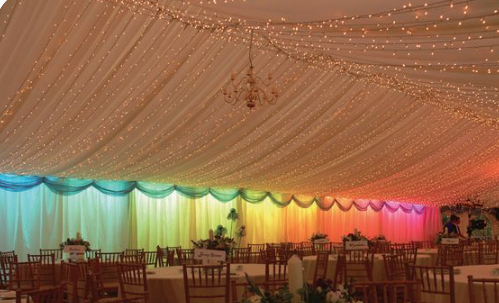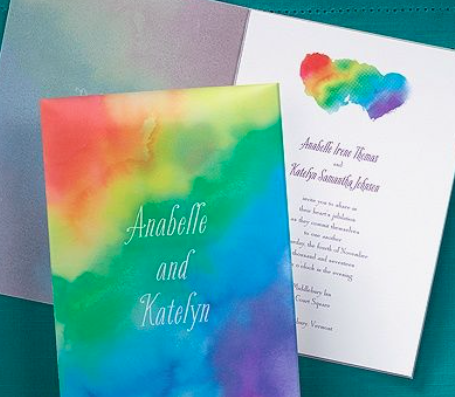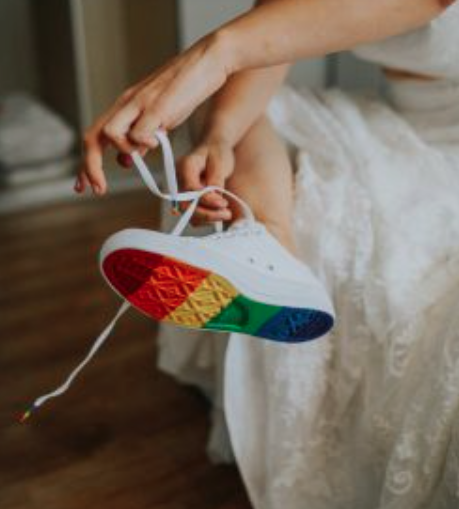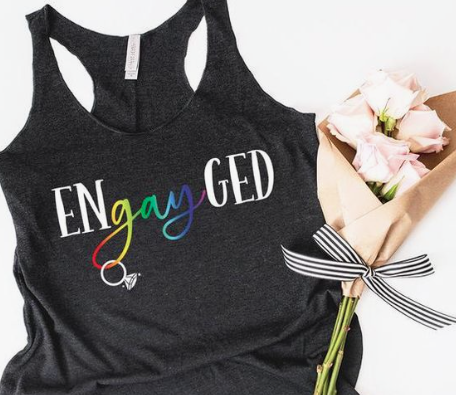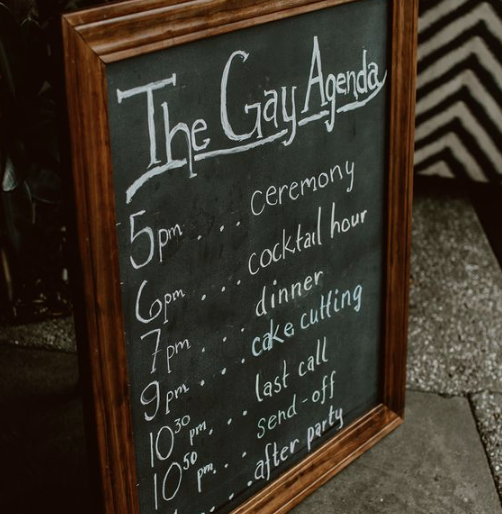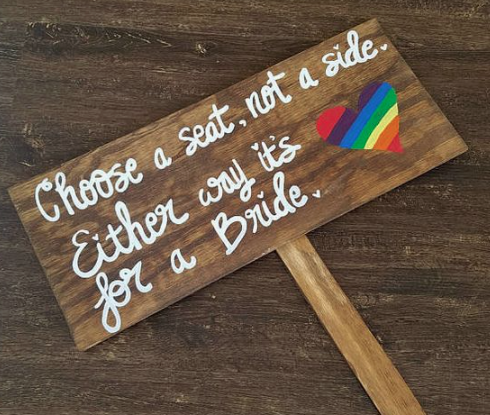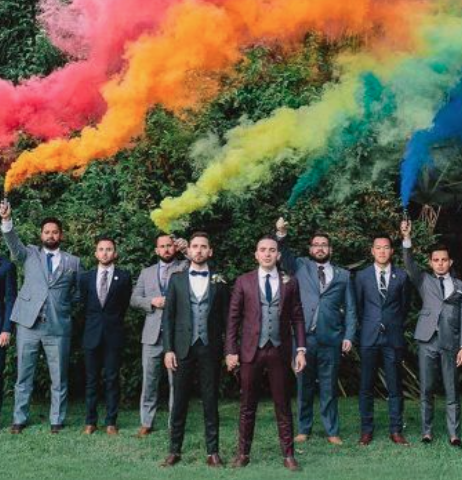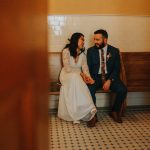When you are part of a couple that falls somewhere on the LGBTQIA+ spectrum, chances are, there are hardships you have had to deal with in expressing your love freely. As a result, most queer couples would like to incorporate one or more of the pride flags into their wedding decor, but how do you do this without it overwhelming the entire aesthetic of your big day?
There are a number of flags that can be incorporated, and each will depend on the couple getting married. These are the various flags:
The Gilbert Baker flag/original Pride flag:
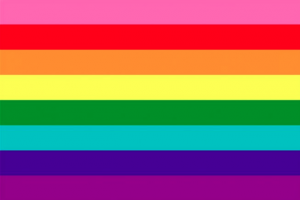
In 1977, Harvey Milk challenged Gilbert Baker, a veteran who taught himself to sew, to come up with a symbol of pride for the gay community. This is how the original Pride flag was born, and it is inspired by Judy Garland’s Over the Rainbow.
The flag made its debut at the San Francisco Gay Freedom Day Parade celebration on June 25, 1978. Each colour symbolises the following:
Hot pink = Sex
Red = Life
Orange = Healing
Yellow = Sunlight
Green = Nature
Turquoise = Magic/Art
Indigo = Serenity
Violet = Spirit
The revised Pride flag:
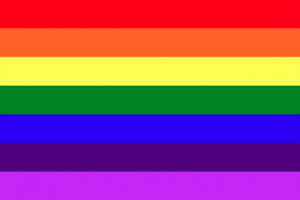
After Harvey Milk was assassinated, many in the LGBTQIA+ community wanted the Pride flag to commemorate all the hard work he did to uplift and build the community. The demand for the flag, however, was greater than the fabric at hand. This is how the original flag evolved into the flag we know today – if you pay attention, you will notice that the hot pink strip is missing.
The Bisexual flag
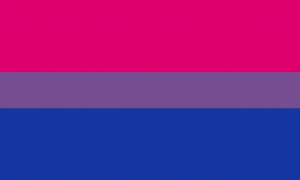
The pansexual flag:
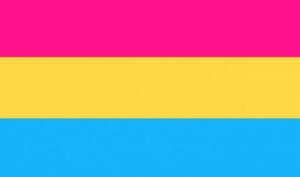
This flag was created on the web in 2010, and this flag represents the pansexual love and acceptance of all genders in partners. The pink represents women, while the yellow represents all non-binary and gender-nonconforming individuals. The blue at the bottom of the flag represents men.
The asexual flag/ace flag:
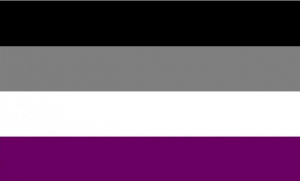
The polysexual flag:
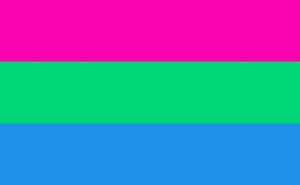
Agender flag:
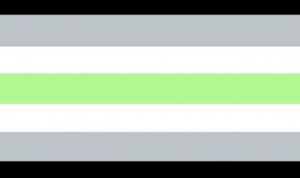
While genderqueer people bend the rules of gender, agender people reject a gender completely. For their flag, the black and white stripes represent the absence of gender, while green – the inverse of the gender-heavy purple – represents nonbinary genders.
The genderqueer flag:
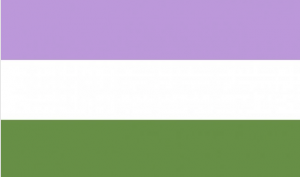
Created in 2011 by Marilyn Roxie, the genderqueer flag highlights androgyny with lavender, agender identities with white, and nonbinary people with green. Some people refer to it as a nonbinary flag if they feel “queer” is a slur.
